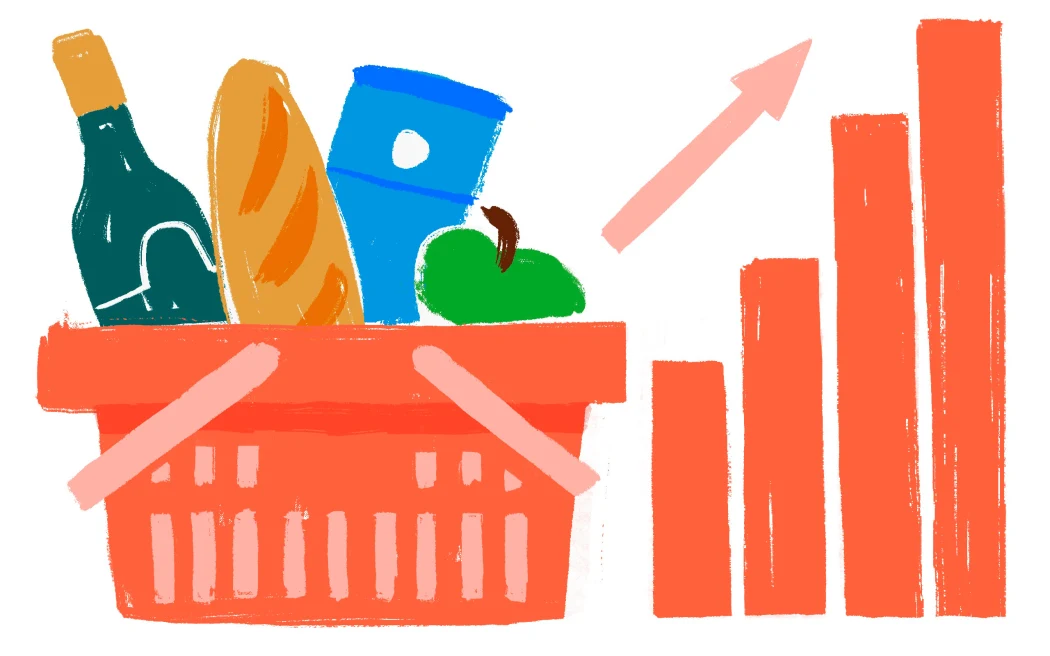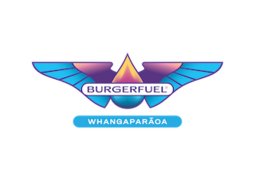Consumer inflation set to break 3% level
RNZ
17 October 2025, 1:18 AM
 Photo: RNZ
Photo: RNZ- Food prices fall 0.4 pct in September, annual rise eases to 4.1 pct
- Annual rate lowest since March this year
- Grocery prices driver of annual food inflation - dairy, meat
- Fuel, airfares, accommodation, energy prices edge higher
- Numbers suggest annual inflation headed to 3 pct - due next week
Consumer inflation looks set to test the 3 percent level next week after new data showed higher food, transport, and energy prices.
Stats NZ said food prices fell 0.4 percent in September on the previous month, slowing the annual rise to a five-month low of 4.1 percent.
"All five food groups continue to grow annually but the rate of increase for overall food prices has slowed this month," prices and deflators spokesperson Nicola Growden said.
Prices for grocery items such as dairy, bread, and eggs rose, but off their highs, rising 3.9 percent annually, followed by a 6.4 percent increase for meat and poultry, and a 2.5 percent gain for restaurant and takeaway meals.
Fruit and vegetable prices rose 5.2 percent for the year, reflecting usual seasonal supply pressures with cabbages and lettuces among notable price increases.
Transport costs rose in September with petrol pump prices rising along with airfares and accommodation.
The items cover just under half of the consumers price index, with latest data for the three months ending September due next week.
ANZ senior economist Miles Workman expected a quarterly rise of 1.1 percent, taking the annual rate to 3.1 percent from 2.7 percent in June.
"Accelerating tradable inflation - the more volatile side of the CPI (consumers price index) - is expected to push headline inflation higher."
He said household costs driven by rates and ACC levies would add to food prices and airfares as the main drivers.
Workman said the RBNZ would not be unduly "spooked" by headline inflation going through the top of its 1-3 percent target band and would be counting on underlying inflation pressures caused by the slack economy to ease over time.
Seen something local we should cover?
Let us know at [email protected]




